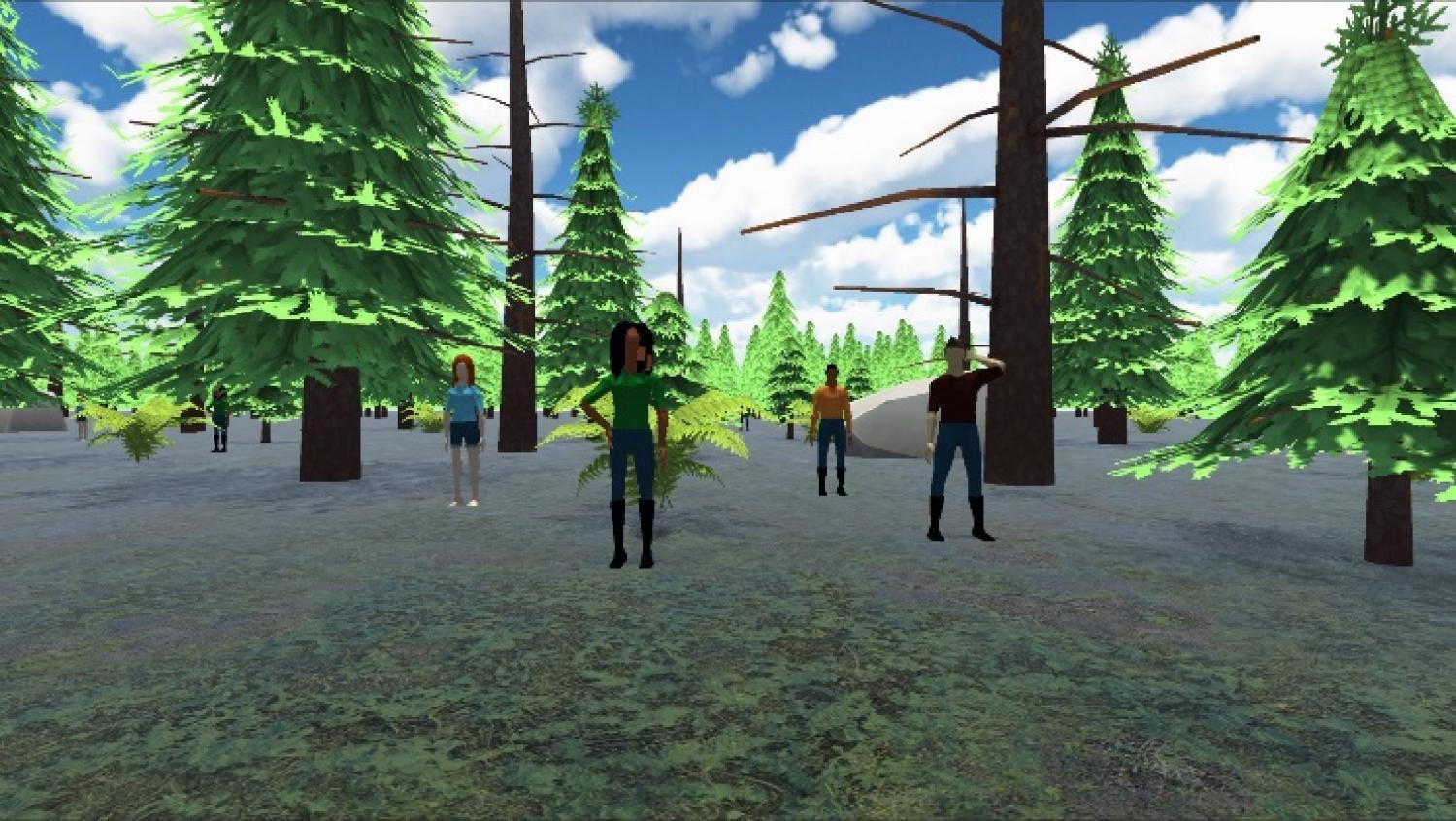
Last month, the next four moon astronauts practiced an ocean recovery after a long mission.
In the Pacific Ocean off the coast of San Diego, the astronauts of Artemis 2 were assisted out of a mockup Orion spacecraft to learn how to exit safely after their crewed round-the-moon mission, slated to lift off in September 2025. Helping them during the ocean splashdown exercises were NASA personnel and the U.S. Navy.
It's natural to feel queasy anyway when coming back to Earth's gravity from a few days or months floating in space, but adding in ocean swells could be a recipe for problems. Luckily, new virtual reality (VR) technology may help astronauts with feeling less ill during their return to Earth.
Related: Why a VR headset on the ISS 'really makes a difference' for astronaut exercise
After decades of space shuttle and Russian Soyuz spacecraft landings on land for astronauts, splashdowns are back on now with both NASA's Orion spacecraft (led by Lockheed Martin) and SpaceX's Crew Dragon. (Boeing Starliner astronauts will touch down on land, as do space tourists with Virgin Galactic or Blue Origin.)
But seasickness is a problem even if you're not coming back from space. So the University of Colorado Boulder is running numerous experiments to help combat motion sickness in astronauts, adding on to decades of research in the field. A newer tool shows a lot of promise: VR goggles.
One of their experiments put volunteers into a centrifuge, where the simulated astronauts individually spun for an hour. That motion "mimics the disorientation astronauts experience when they suddenly transition from microgravity to the harshness of Earth's gravity," university officials wrote in a statement.

The participants were then put into a "sled" to be rocked back and forth for as long as an hour, depending on how long they lasted. (Ill subjects received rapid escapes, if they needed it.) But if you could stand it, VR goggles strapped on to your head studied how long you could last in the sled.
Half the 30 subjects only had a white dot against a black background to focus on, while the other half saw "a digital forest complete with a few cartoon humans for scale," university officials wrote. The forest, trees and people rocked back and forth with the sled, allowing 12 of the 15 forest-viewing subjects to survive the whole hour. That's compared with about 5 of the 15 people looking at the dot alone.
Graduate student Taylor Lonner is among the team studying aspects of motion sickness, and says the astronauts will need all the help they can get when they come back to Earth. This is true not only of Orion, but of the SpaceX Crew Dragon spacecraft regularly used for splashdowns after International Space Station missions.

"If you look at Orion and Dragon, there are only a few porthole windows that really aren't sufficient for giving astronauts a fixed view of Earth," Lonner said in the university statement, and noted that the problem isn't confined just to professional astronauts. Space tourists on quick jaunts into suborbital space may also be prone to motion sickness.
"We're increasing this whole bubble of space exploration," Lonner said, in reference to the numbers of non-professionals flying into space. "But people aren't going to want to do that if they're just going to be miserable when they get to microgravity and when they return to Earth."
The team also presented its results in February at NASA's annual Human Research Program Investigators' Workshop in Galveston, Texas.
If you're looking for a VR headset for your own residence, check out our best VR headset guide. We have tested the major headset platforms for different types of gamers and to suit a range of budgets. Whether you want high resolution, a wireless experience or a budget-friendly option, the guide will cover you.







